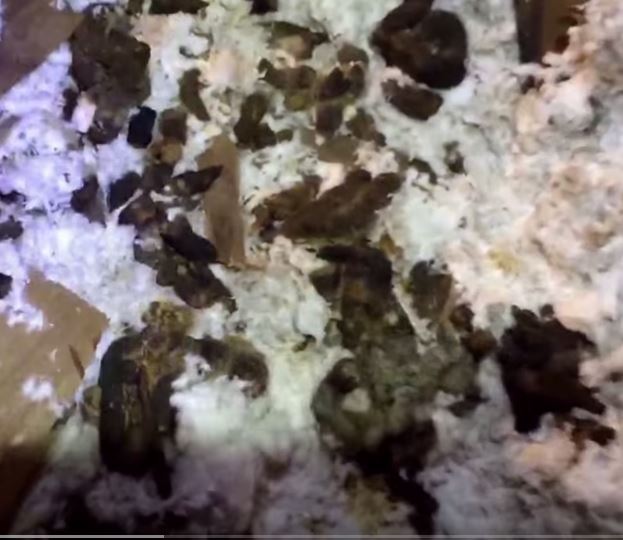What Does Raccoon Feces Look Like, And What Are the Dangers?
Raccoons are disgusting creatures that people tend to avoid like the plague, but unfortunately, the feeling is not mutual. These critters have no problem with approaching humans and rifling through human environments in a search for food and shelter. They are arguably one of the most well-adapted animals, having completely embraced every potential environment. They can survive in urban centers just as well as their natural habitats, and you are in trouble if you suspect your home has become its new favorite place. Raccoons will move in to your attic, your basement, your spare room—and they definitely won’t be paying rent. Instead, they’ll rifle through your trash cans, tear up the insulation, and rip holes in your walls. If you think you’re being haunted by gross mini-bandits with opposable paws, then you need to investigate.

Identification Strategies
One of the easiest ways to identify a raccoon problem is through examination of their feces. Though this method does sound gross and relatively contemptable, it is the best way to remain safe and make determinations about the state of your home. Raccoons are aggressive when approached, but they don’t stay in the same place all the time. They are nocturnal creatures, so if you investigate during the day you are likely to examine their feces without running headfirst into a potential scrap.
Preparation for Careful Investigation
When you go to investigate, you need to be adequately prepared. Make sure you wear thick latex gloves as well as a face mask to prevent the inhalation of potentially toxic gaseous substances. You should be wary of moving or inspecting the fecal matter. Though you can certainly look at the poop without encountering any dangers, the fact of the matter is, animal feces is dangerous. You could easily contract an illness from an airborne pathogen, or you might be exposed to a parasite that had been contained within the feces. Be careful when performing this external, visual examination.
What to Look For
Raccoon feces are actually rather easily identifiable, though not because they look unique. You’ll know you have a raccoon problem if you find what appear to be dog turds inside your attic, unless of course your dog lives in your attic. Hypothetically, though, you wouldn’t have a raccoon in your attic if you had a dog in your attic. Regardless, fecal matter from raccoons tends to be tube-shaped and 2-3 inches long.
Go back to the Noises in the Attic home page.

